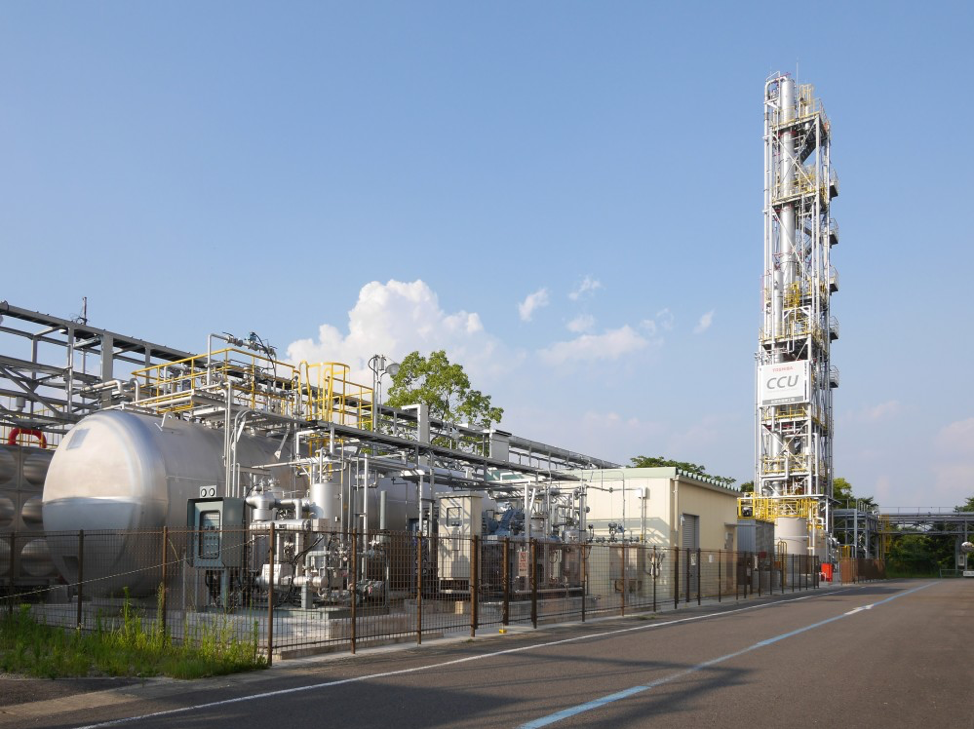Insights and Commentaries
Saga City: The world’s best kept secret (for now)
18th September 2018
At Saga city, just 38 kilometres from Japan’s ancient city of Fukuoka, on the picturesque southern island of Kyushui, a CCU city of the future is emerging.
Saga, a city of 240,000 people, is host to a waste incineration plant which is using captured CO2 to cultivate crops and create algae cultures – even medals for the 2020 Tokyo Olympics (made from reconstituted metal).
Built by Toshiba and commissioned in 2016, the CCU facility captures up to 10 tonnes of CO2 from the plant’s live flue gas which is then piped to a glass-covered algae farm only a few hundred metres away. From there, and using proprietary technology, the CO2 is utilised to produce exotic, high-end body lotions and anti-aging creams which are exported to retailers around the world.
It is a world-first application of waste treatment which has until now been one of the world’s best kept secrets.
Commercial success has burgeoned and now a new wave of agricultural entrepreneurs are acquiring land in the plant’s vicinity to capitalize on the diversity which the CCU/waste incineration 'double-act' is delivering.
Multinational Toshiba, a major energy systems and services corporation, has established itself as a world leader in developing carbon capture technologies, particularly the separation of CO2 emitted from thermal power plants.
Work undertaken by Toshiba’s CCU expert and senior manager, Kensuke Suzuki, at the nearby Mikawa Thermal Power Plant was the inspiration behind the development of a CCU unit at Saga City.
Representatives from Saga City had been quietly watching the CO2 capture technology at the Mikawa CCU plant which uses chemical absorption in a post-combustion capture process to extract CO2 at a very high purity. They were looking for a biomass solution for Saga City and there it was. Saga City officials asked Toshiba if the Mikawi model could be replicated at the Saga site. The answer was yes.
Says Mr Suzuki: "The biggest challenge became the small strip of land which I was allotted to build the plant on. It was very thin. But with knowledge gained at Mikawa, we have managed to build a state-of-the-art CCS plant which we believe is the shape of things to come."
The Plant is a shining example (literally) of a fully-integrated CCS project where trash becomes treasure at the same time as helping meet international climate change targets.
The innovation is also a perfect example of what happens when policy confidence and unswerving passion is applied to CCS; in this case, when a mayor, Toshiyuki Hideshima, commits his city to become a "living laboratory" to sustainability and climate change mitigation.
As Saga employees will quietly tell you as you tour the plant alongside dozens of local schoolchildren: "This Mayor cares so much he actually goes door-knocking to talk to city residents about the need to recycle everything and mitigate global warming. He truly cares."
But he is not alone. The national government has designated the Saga municipality as a Special Economic Zone (SEZ) to encourage low carbon starts-ups and create jobs.
Global CCS CEO, Brad Page, says the Saga City Incineration Plant is one of the best global environmental stories that hasn’t been told.
"If the rest of the world followed this model, climate change would quickly become a thing of the past. As such, the Saga City CCU story is unlikely to remain a secret for much longer."
